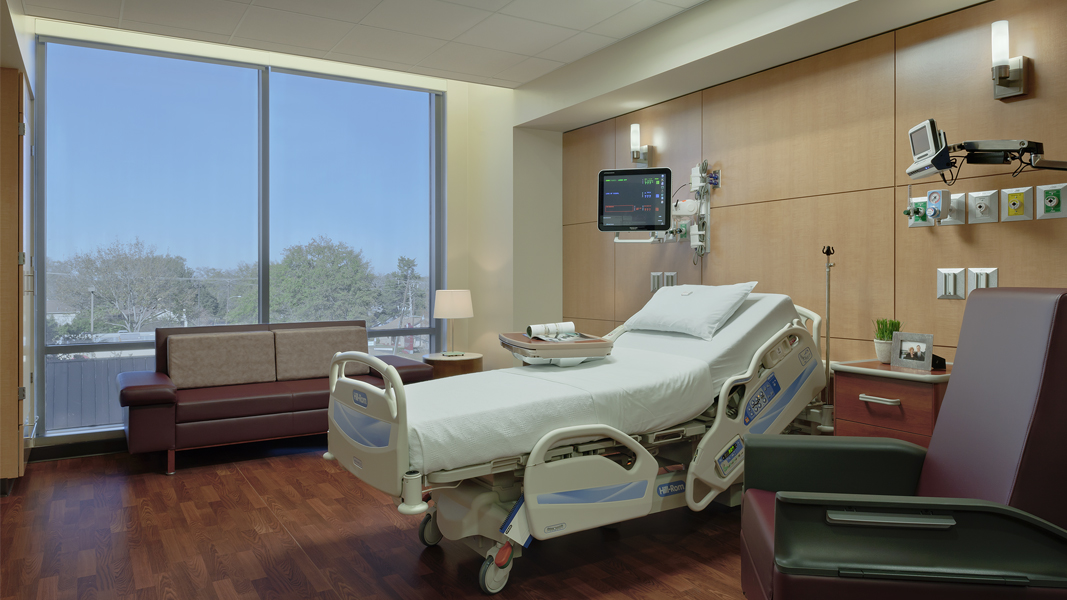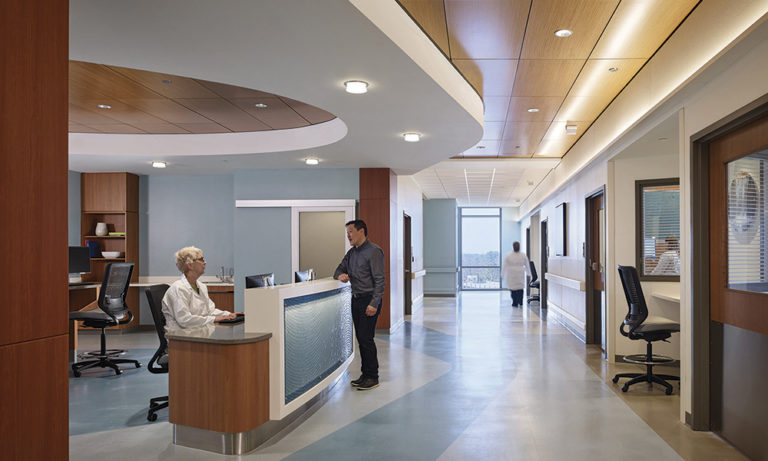
Dad never sat through all of that, he didn’t like it, he said it was too bloody long.

I loved Shirley Temple, and Deanna Durbin movies and musicals Gone with the Wind. We were there every Saturday night we were the envy of most of the school kids. The projectionist was Len Townsend, I was always on the door, I sold tickets, or I was the usherette, my sisters all helped. That’s when it all went to pieces for a while, but it did come back later on, but it wasn’t near as good once the television came. The Amusu was built in 1936 and it went strong for a long time, until the advent of television. The theatre had love seats, they are pretty popular! They had no arms in between you could cuddle up, in the dark. People did their courting in some of those little towns. We enjoyed it and after that when that folded we went to Dad, he had the theatre at Millthorpe, We often got invited for meals, and the places. We used to sleep in the halls there in the supper room, put up a shower, one of those showers with the nozzle on it and shower there. Jeff and I took over the 16mm plant for 12 months or more. He was there all the time and a good disciplinarian too, he kept an eye on us, he was wonderful. They lived next door to where Dad built the house and after Nanna died my grandfather came and lived with us. We had my grandfather living with us after my grandmother died. Lyn Woohart with a projector from Amusu Theatre, Manildra There were plenty of breakdowns, going to isolated places, especially after a shower of rain. The roads weren’t what they are today, and the old trucks weren’t what they are today either. Then they started to screen in halls and places that had halls. They used to come miles to some of the shows out there. They had to eat and they wanted to be entertained.

It was something for people, out back too, in those little country towns, they had nothing else, they all looked forward to when the talkies came to town.Įntertainment. Lyn Woodhart, Manildra Lyn Woodhart Amusu Theatre ManildraĪfter Dad saw the talking machine in Sydney, he came home and changed his silent biography machine to the talking machine. Course we would be at the Amusu Theatre every Saturday Night. Care providers need to consider whether women undergoing induction are receiving adequate support, analgesia, and comfort aids conducive to the promotion of physiological labor and the reduction of anxiety.We were the envy of most of the school kids. Thorough preparation for induction, including an explanation of possible delays is fundamental to enabling women to form realistic expectations. ConclusionsĬonceptualizing induction as a liminal state may enhance understanding of women's feelings and promote a more woman-centered approach to care. Women were not always clear about their plan of care, which added to their anxiety. Unexpected delays in the induction process were common and were a source of anxiety, as was separation from partners at night.


Differences were noted between women's and midwives’ notions of what constituted “being in labor” and the ward lacked the flexibility to provide individualized care for women in early labor. Women awaiting induction on the prenatal ward appeared to occupy a liminal state between pregnancy and labor. Data were recorded, transcribed, and analyzed thematically. Semi-structured interviews were conducted in women's homes between 3 and 6 weeks postnatally. MethodsĪ qualitative study was undertaken, using a sample of 21 first-time mothers from a maternity unit in the south of England. This study aimed to explore in depth the induction experience of primiparous women. Induction of labor currently accounts for around 25% of all births in high-resource countries, yet despite much research into medical aspects, little is known about how women experience this process.


 0 kommentar(er)
0 kommentar(er)
